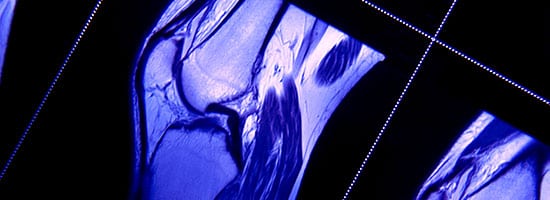
Treating a Torn Tendon
The tendons connect bones and muscles together. During times of intense physical activity or movement such as running or walking, tendons can experience intense forces. Some tendons are more prone to tears than others. The four most common types of tendon tears include the quadriceps, rotator cuff, Achilles tendon, and biceps.
Symptoms of a Torn Tendon
In many cases, you may feel a sharp popping sound when the tendon tears. This is commonly the case in a torn Achilles tendon. A tendon tear often causes immediate pain in the affected area. Rapid or nearly instantaneous bruising and deformity of the affected tendon may develop. You may notice a rapid onset of weakness in the tendon. This is typically followed by an inability to use the affected body part, such as not being able to bear weight on the leg where an Achilles tendon ruptured or not being able to lift the arm in the case of a torn rotator cuff.
Causes of Tendon Tears
The two primary causes of tendon tears include overuse and an acute injury. If you are an athlete and regularly train or practice at your sport, a specific tendon may be overused. For example, runners who run in a sprinting manner may be at an increased risk of overuse of the Achilles tendon. Baseball and softball pitchers may overuse their rotator cuffs. A sudden injury, such as falling or getting hit with a hard ball could also snap the tendon. Lifting something too heavy could also injure the tendon.
Some risk factors increase the chances of having a tendon tear. Injected corticosteroid medications weaken the fibers of the tendon, making them more prone to ruptures. The incidences of torn tendons increase with age, smoking, and heavy labor.
Treatment Options for a Tendon Tear
A torn tendon requires prompt orthopedic treatment in order to ensure a full recovery. Until medical care can be provided, many people find relief with rest, ice, compression, and elevation of the affected tendon. A cast, brace, wrap or other immobilization device may be used to keep the tendon in place and minimize stretching while the body heals itself naturally. In some cases of torn tendons, such as a total rupture of the Achilles tendon, orthopedic surgery is needed. Surgical tendon repair also requires immobilization followed by physical therapy after the procedure.
